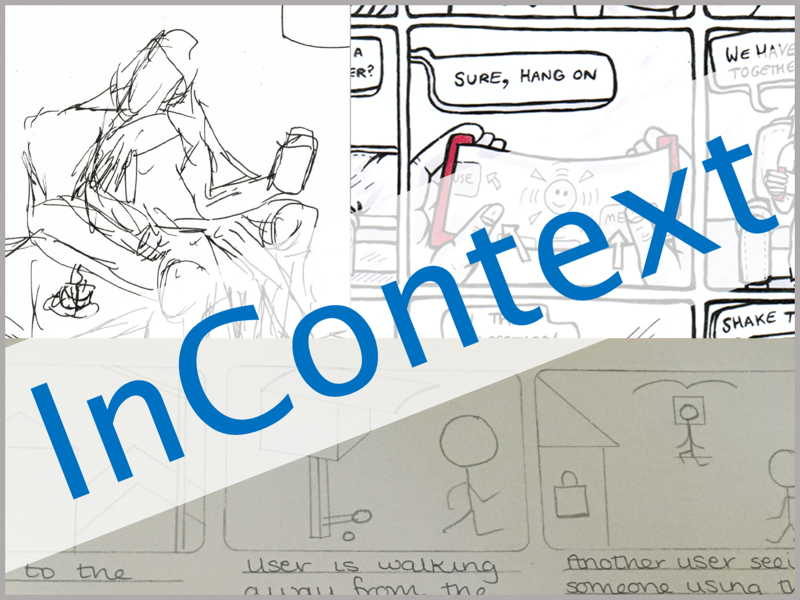Our Paper “Prototyping InContext: Exploring New Paradigms in User Experience Tools” has been accepted at ACM AVI 2022 International Conference on Advanced Visual Interfaces (AVI 2022). The paper will be presented in Rome by Anna Carter.
Abstract: The technologies we use in everyday contexts are designed and tested, using existing standards of usability. As technology advances standards are still based on planar displays and simple screen-based interactions. End-user digital devices need to consider context and physicality as additional influences on design. Additionally, accessibility and multi-modal interaction must be considered as we build technologies with interactions such as soundscapes to support user experience. When considering the tools we use to design existing interactions, we can evaluate new ways of working with software to support the development of the changing face of interactive devices. This paper presents two prototypes which explore the space of user experience design tools, first in the space of contextual cues when looking at multi device interaction, and second, in the space of physical prototyping. These prototypes are starting points for a wider discussion around the changing face of usability. We also discuss extending the scope of existing user experience design tools and rethinking what “user experience” means when the devices we own are becoming ‘aware’ of their surroundings, context, and have increasing agency.
